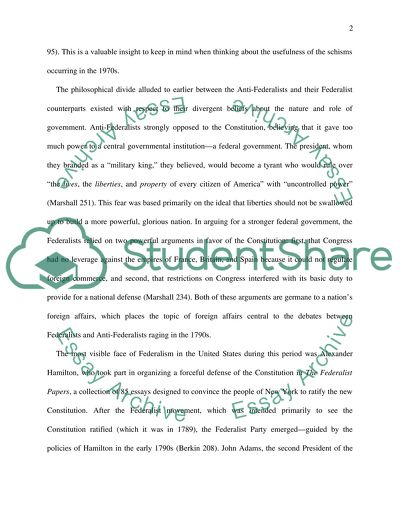Cite this document
(“Foreign Policy Conflict Between Hamiltonians and Jeffersonians in Term Paper”, n.d.)
Retrieved from https://studentshare.org/history/1433578-1790-s-foreign-policy-conflict-between-hamiltonians-and-jeffersonians
Retrieved from https://studentshare.org/history/1433578-1790-s-foreign-policy-conflict-between-hamiltonians-and-jeffersonians
(Foreign Policy Conflict Between Hamiltonians and Jeffersonians in Term Paper)
https://studentshare.org/history/1433578-1790-s-foreign-policy-conflict-between-hamiltonians-and-jeffersonians.
https://studentshare.org/history/1433578-1790-s-foreign-policy-conflict-between-hamiltonians-and-jeffersonians.
“Foreign Policy Conflict Between Hamiltonians and Jeffersonians in Term Paper”, n.d. https://studentshare.org/history/1433578-1790-s-foreign-policy-conflict-between-hamiltonians-and-jeffersonians.


